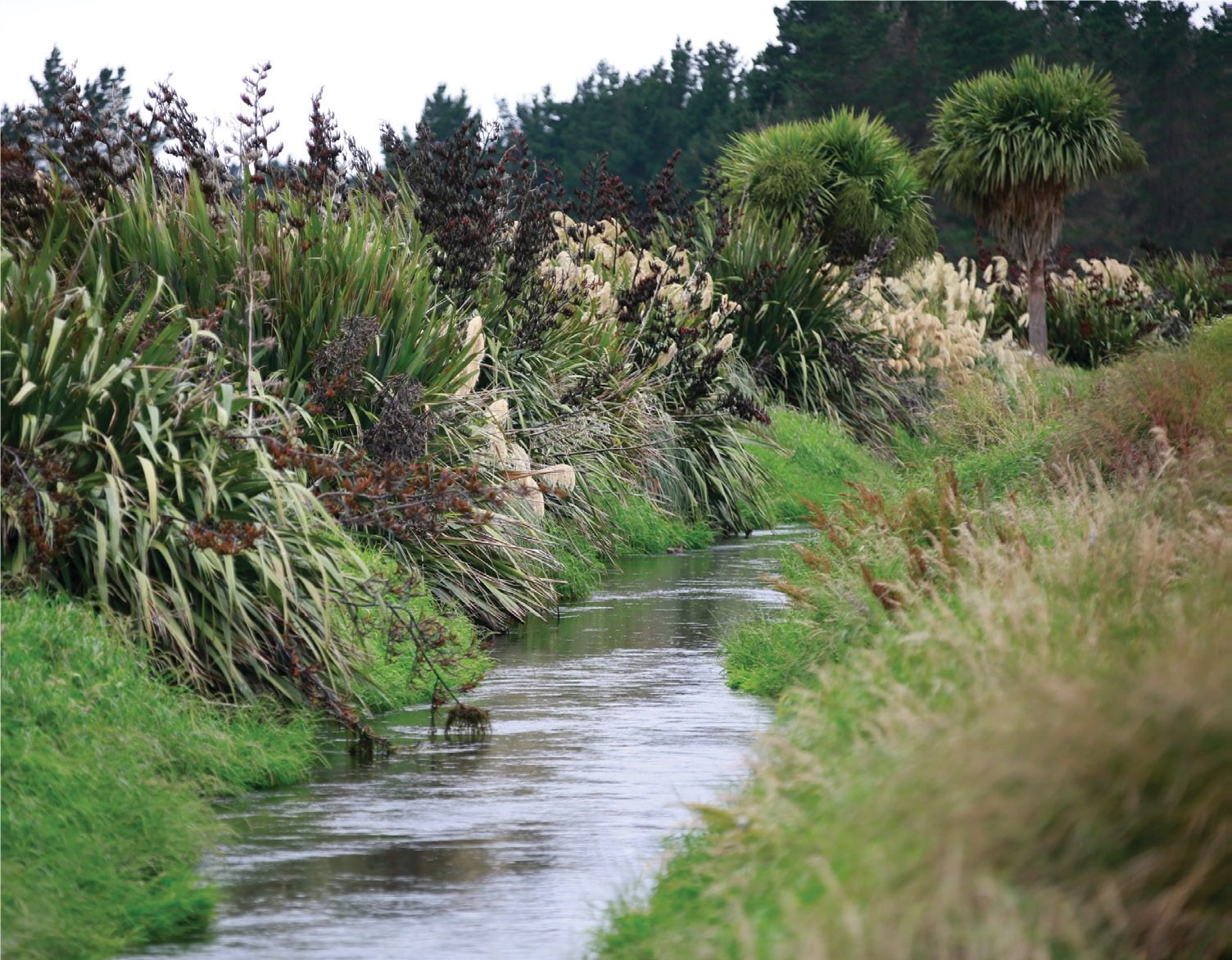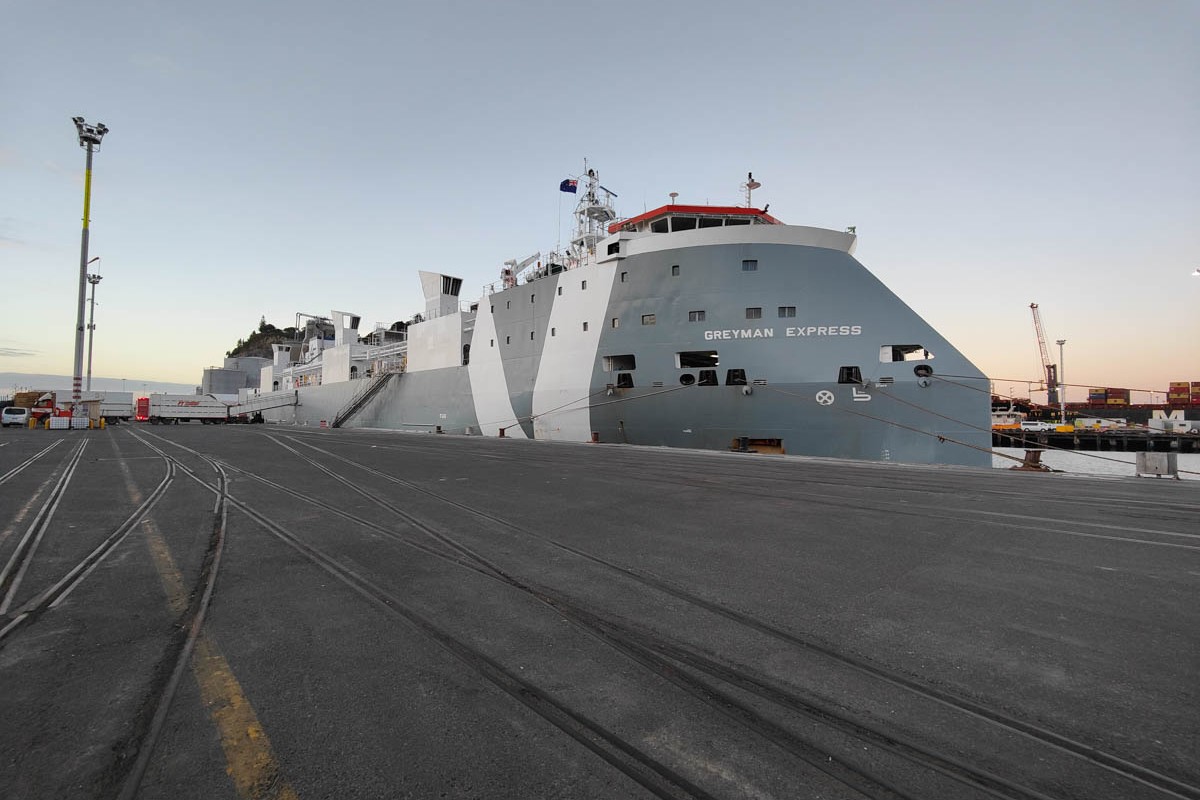BY: SANDRA TAYLOR
The Government’s Essential Freshwater regulations were announced in August and aspects have caused concern in the farming community.
The scale and pace of new regulations is the reason given for a drop in farmer morale with recent UMR research. It showed only 32% of farmers in the southern South Island had confidence in the future of New Zealand’s sheep and beef industry. This is down 27% on the last quarter.
Nationally, 46% of farmers surveyed were confident in the future of their industry.
Farmers spoken to by Country-Wide have expressed particular concern about stock exclusion regulations and uncertainty about winter grazing requirements such as pugging rules and the practicality of re-sowing dates.
Stock exclusion angst
By July 1, 2023, all dairy cattle (except dairy grazers) and pigs must be excluded from rivers and lakes more than a metre wide with a minimal set-back of three metres. By July 1, 2025, dairy grazers must all also be excluded from all lakes and rivers along with beef cattle and deer where the land is low slope (less than 10 degrees) as identified on Ministry for the Environment maps.
Several hill country farmers spoken to were concerned about the cost of fencing waterways with one farmer having 8km of river frontage through his extensive farm. They were also worried about the infestation of woody weeds within fenced riparian margins.
On a recent Ministry for the Environment webinar, chief adviser Bryan Smith, said under the regulations, there is no requirement to fence off lakes, rivers and some wetlands, it is simply a requirement to keep stock three metres away from these water bodies.
“You may use an electric or temporary fence or elect not to put cattle, deer or pigs in that paddock.”
He acknowledged there will be also be natural barriers, such as bluffs that will keep stock away from waterways therefore fencing would not be required.
Another area of concern for farmers, Federated Farmers and Beef + Lamb New Zealand (B+LNZ) is the Ministry for the Environment’s low slope maps.
These maps, at the heart of stock exclusion regulations, incorrectly identify areas of low slope land parcels or part-parcels that have a mean slope is less than or equal to 10 degrees.
Smith said the ministry acknowledged the anomaly and said the way they were mapped, which looked at the average slope of land parcels, picked up large areas of steeper land. This type of country was not originally intended to be captured by the regulations.
Federated Farmers’ Chris Allen says the low slope maps take in some hill and high country that is so steep, the farmers would need to pay for helicopters to lift poles and other supplies in order to fence the waterways.
The increase in pastoral land now defined as ‘low slope’ has increased from the 3.8 million hectares consulted on by the government in 2019, to 6 million ha in the MfE maps now published.
Smith said the minister has asked staff to look at the maps and MfE is also seeking farmer feedback to get a sense of the scale of the inaccuracies and possible solutions. They are asking farmers to fill in an online form but farmers can also email MfE directly.
MfE expects to have solutions for the minister to consider within the next five months.
B+LNZ is calling for MfE to scrap the low slope maps altogether. The organisation’s environmental policy manager Corina Jordan says while B+LNZ acknowledges the basic principle of the rule and agrees more intensively farmed stock on low slope land should be fenced from rivers or streams over one metre wide, extensively grazed land, including land above 10 degrees, should not require stock exclusion by fencing.
“Given the scale of the inaccuracies, B+LNZ would prefer the map was scrapped completely and replaced with a general rule that regional councils would be empowered to give effect to.
“This could be through either a 10 degree slope-trigger based at the paddock scale or by undertaking their own regional mapping.”
Another area of confusion is river or stream crossings. The regulations state that if stock (cattle, deer or pigs) are moved through a waterway more than twice a month then a bridge or culvert must be built.
Confusion arises when a single herd or mob is broken into smaller groups for crossing and how the rules would apply. Smith said the ministry was considering this and will provide clarification.

Winter grazing consent needed
All farmers will need a consent to graze winter forage crops unless they meet the following criteria:
- Their land is on less than a 10-degree slope.
- No more than 50ha or 10% of their farm is in a winter forage crop. The area cannot be greater than what has already been under a winter forage crop between 2014-2019.
- The crop is set back at least five metres from a waterway.
- Pugging is no deeper than 20cm and covers no more than 50% of the total paddock are irrespective of depth.
- Paddocks must be re-sown by October 1 (November 1 in Southland and Otago).
- Have a Certified Freshwater Farm Plan (this has yet to be developed).
It is expected most farmers will need a consent from their regional council to graze forage crops next winter. This does not need to be applied for until May 1, 2021.
B+LNZ has stated many farmers would be unable to meet what they describe as the arbitrary re-sowing dates for winter grazing on forage crops because of regional conditions such as temperature, late season rain and snow.
The impracticality of these regulations was highlighted in Southland this spring when very wet conditions made it impossible for farmers to get machinery on to paddocks.
B+LNZ also say the pugging standards, even though they have been reviewed by the government, remain unworkable for cattle and even sheep systems.
These standards state that pugging must be limited to a depth of 20cm and cover less than 50% of the paddock regardless of depth.
The definition of pugging was changed to the “penetration of soil more than 5cm and the rules have been clarified to state that the 20cm pugging depth limit does not apply around fixed structures such as fixed water troughs and gateways.
What is being done
Federated Farmers and B+LNZ continue to meet with both central Government and regional councils to try and find practical solutions to impractical regulations. Both state that while they agree with the fundamental objectives of the policy – to stop further degradation of waterways, show material improvement within five ways and reverse past damage within a generation – it is the devil in the detail that is cause for concern.
In a joint statement, they call on farmers to be active in working with their communities and regional councils over the next three to five years to help shape regional plans and ensure the plans are workable, enable flexibility and innovation and are matched to environmental risk.
Grazing rules headache for arable
For the arable industry, the new rules around winter-grazing are causing the biggest headaches. FAR’s Environmental Research Manager, Diana Mathers, says winter gazing is a key component of many arable enterprises and growers are working through two particular issues.
She says meeting the newly introduced replanting deadlines is probably the most common area of concern. The addition of sheep into the winter-grazing equation is also taking some figuring out, as many arable crops are both grazed and harvested for seed. Growers on rolling hill country are also trying to get their heads around the rules about slope.
Winter grazing aside, Mathers says the arable industry is in a good place with regard to meeting the Freshwater Plan requirements.
She says they’re not affected by the nitrogen cap, as there is an understanding that arable farmers base N applications around crop growth stages and potential yields. As far as farm environment plans go, the existing arable template only required a couple of tweaks to meet the new rules.
“It’s hard for everyone, the farmers and the industry groups and advisors trying to help them.
Mather says change is coming so fast even regional councils are caught between a rock and a hard place. They’ve already got plans developed and then new things come on board.
“But I do believe we’ll get there.”
She says the key thing is to ensure they can figure it out and remain profitable. That’s a big focus for FAR.




